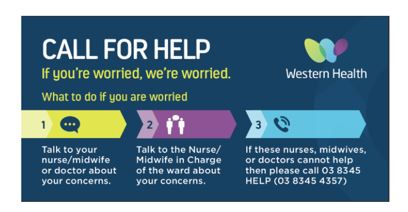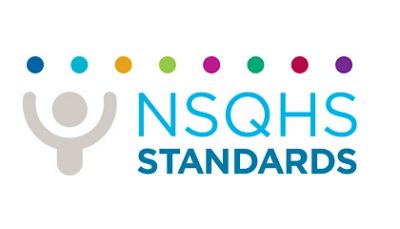Published on 13 June 2023
Memorandum
As part of Accreditation Readiness activity, a NSQHS Standard of the Fortnight initiative has been introduced. This involves a focus on one Standard per fortnight, with communications and walkarounds to help staff be aware of how Best Care at Western Health reflects this Standard, to ask staff possible Surveyor questions and answers, and to walk in a Surveyor’s shoes to see what WH practice looks like.
We are excited that NSQHS Standard 8: Recognising and Responding to Acute Deterioration is to be the focus of the eighth Standard of the fortnight. This will run from Monday 12 June to Sunday 25 June. Look out for friendly Best Care Co-ordinators, Exceptional 8 team members and other staff who will pop into clinical areas/departments to talk with you about Recognising and Responding to Acute Deterioration.
Our aim is to have every clinical department/service across Western Health visited within the two week period. Click here to access the NSQHS Std 8 Walkaround template that includes Q&As plus a checklist of ‘what can you see’. Following the end of the fortnight, this template can be used at any time by staff to keep Accreditation Ready for NSQHS Std Accreditation Survey.
To get up-to-date with accreditation readiness and Deteriorating Patient, read the NSQHS Std 8: Deteriorating Patient Bulletin. An Accreditation Readiness Fact Sheet on the Standard is also available and will be distributed on walkarounds.
To really get in the spirit of this Accreditation Standard of the fortnight, please feel free to use this Zoom Background in DOS or other meetings you attend between 12 June – 25 June.
A Deteriorating Patient Pop Quiz will also be promoted during the fortnight. Please complete this quiz to demonstrate how well you know Standard 8: Deteriorating for a prize.
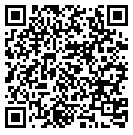
Visit our Live Best Care site at https://westerly.wh.org.au/livebestcare/ or use the following QR Code to find out more about NSQHS Standard Readiness.
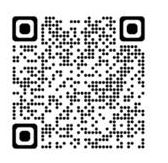
Well done to the Standard of the Fortnight quiz winner for Standard 7:
- Alana Awingan, FH ICU
Alana will receive 2 movies tickets for the Sun Theatre.
Thank you to all our Standard 7 ambassadors
Regards,
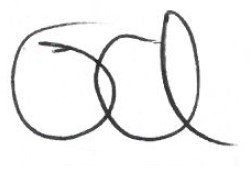
Adjunct Professor Shane Crowe
Executive Director Nursing & Midwifery
Fact Sheet #8: Deteriorating Patient (Standard 8)
-
What is the intention of Standard 8?
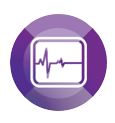
This standard aligns with Safe Care & aims to ensure that acute deterioration in a patient’s physical, mental or cognitive condition is recognized promptly and appropriate action is taken.
-
How would you identify a patient who is deteriorating?
Any observation that falls into a shaded area of the observation chart on the Adult Observation and Response chart (WH AD 315) or within any of the vital signs entry components of the Electronic Medical record (EMR):
- An observation falling into the Urgent Clinical Review shaded area requires a doctor from the home unit or covering home unit to review the patient within 30 mins of the escalation.
- An observation falling into the MET response (Medical Emergency Team) shaded area requires the MET team to review the patient within 10 minutes of the escalation.
- If urgent attention is required within 5 minutes call Adult Code Blue 2222 or your approved local area number.
-
How often do you access patients at risk of deteriorating?
- At the commencement of each shift, at least 3 times a day (in the absence of a documented monitoring plan).
- On admission or transfer to a new clinical area:
- From ED: a minimum of 4/24 for 24/24 unless otherwise documented by the medical staff (except for palliative patients).
- From ICU: a minimum 4/24 for 24/24 unless otherwise documented by medical staff.
- To sub-acute: minimum TDS vital signs for 24/24 then minimum daily.
- Frequency of Vitals and observations sign recording must comply with the frequency stated in the nursing care plan.
- All patients must have the observations recorded if there are any signs of deterioration or they have an adverse event.
- A set of observation are documented prior to discharge.
-
How would you include patients and their carers in the identification of unexpected deterioration?
- Discuss patient’s usual cognition state and what is normal for the family/carer.
- Ask family to communicate any concerns regarding the patient with you.
-
What are the symptoms on observation charts that will help you identify an acute change in conscious state?
Using the AVPU scoring scale:
- A: the patient is Alert
- V: the patient responds to Verbal stimuli
- P: the patient responds to Painful stimuli
- U: the patient is Unresponsive
-
Do you know how to escalate if your patient has acute change in conscious state?
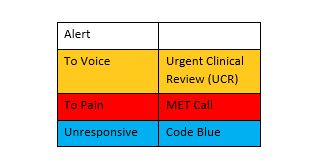
-
When would you make a MET call?
- If a patient has one of the clinical markers in the shaded areas on either the General Adult Observation or Response Chart or WH Electronic Medical Record (EMR) that corresponds to UCR or MET criteria If I am worried about the patient.
- If there has been no attendance to an Urgent Clinical review within 30 mins of the call.
- The patient’s condition has not responded to treatment from the Urgent Clinical Review.
-
What is a “Call for help” and what is your role when this is actioned?
- Call for HELP allows patients, family members and carers to directly escalate their concerns regarding patient clinical deterioration.
Clinical staff Role:
- Active engagement in listening to and responding appropriately when patients, family members or carers voice concerns of clinical deterioration even if clinical markers are not abnormal.
- Understanding the patients, family members and carers can escalate calls for HELP when they are concerned that their health is deteriorating.
Communications staff role:
- Communications staff will receive, forward and log call for HELP calls.
-
Being Accreditation Ready means that …
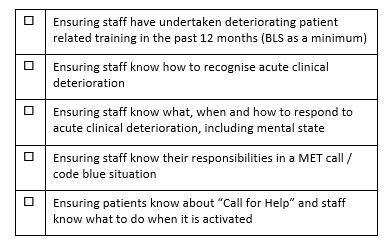
-
Being Accreditation Ready means that in your area …
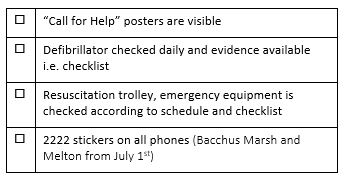
-
Reflection...
How has your area improved recognising and responsding to acute deterioration?
-
Are there resources I can access?
Various FAQs and Resources are available on the Live Best Care site. Click here or use the QR code below to access the site.
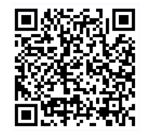
-
Pop Quiz
Have a go at a quick pop quiz on Communicating for Safety to test your knowledge! Click here or on the QR Code to access the quiz.

-
Accreditation Readiness Hint- Standard 8:
The good news is we are already providing Best Care and living up to the requirements of NSQHS Std 8 on Recognising & Responding to Acute Deterioration in our everyday work! This year’s Accreditation Survey is simply a chance to show once again show how well we provide safe care.
If you have specific questions or requests about accreditation readiness, please email: BestCare@wh.org.au
